Lesson 1: History of Bien Hoa - Dong Nai pottery
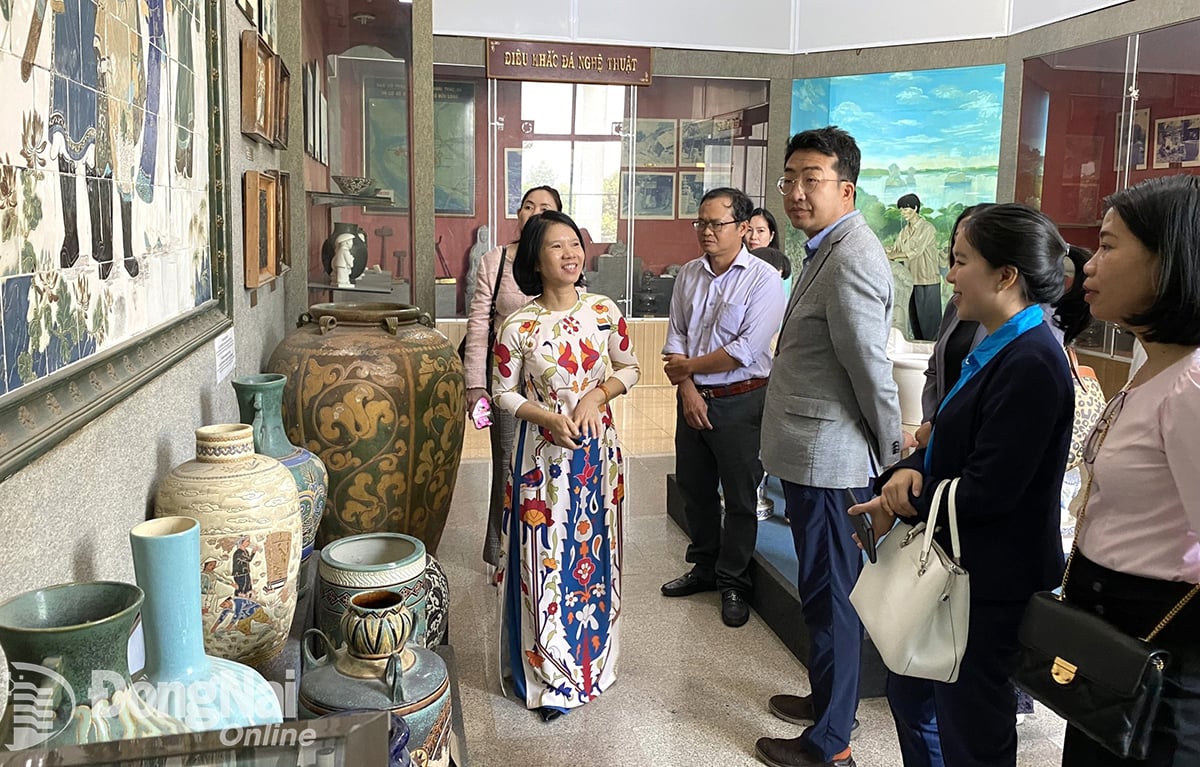 |
| A group of Korean tourists visit the ceramic exhibition area at Dong Nai Museum. Photo: Ngoc Lien |
Along both sides of the Dong Nai River, many centuries ago, indigenous people lived, especially in the land of Pho Islet (now Hiep Hoa Ward, Bien Hoa City), where a pottery craft village was formed.
Vietnam has many famous ceramic brands, but only Bien Hoa ceramics has a history almost concurrent with the history of formation and development of the land, more than 325 years. Bien Hoa ceramics are present in architecture, sculpture, decoration, contributing significantly to the historical, artistic and cultural value of many typical relics and works of Bien Hoa.
Two distinctive ceramic lines
Currently, Dong Nai Museum is preserving about 50 ceramic artifacts discovered at archaeological sites in Dong Nai land in the prehistoric period such as: Binh Da, Go Me, Cai Van, Cai Lang... providing a large amount of documents for researchers and scholars interested in learning about the past hidden deep underground and the cultural exchange process of ancient residents in Dong Nai land. It is also preserving about 100 artifacts, many of which are ceramic artifacts found under the Dong Nai River associated with the process of reclaiming the Southern land more than 325 years ago.
According to Dr. Nguyen Thi Nguyet and Master Phan Dinh Dung (Ho Chi Minh City University of Culture), scientists who are closely associated with and have many in-depth research projects on Bien Hoa - Dong Nai culture, Bien Hoa - Dong Nai pottery line was formed between the mid-18th century and the mid-19th century, and developed strongly from the late 19th century to the late 20th century.
Currently, not only in Bien Hoa, there are many relics and works of art using Bien Hoa ceramic materials, but also participating in many national and international projects such as: participating in the implementation of decorative reliefs at the 4 gates of Ben Thanh market, constructing the Ceramic Road to celebrate 1,000 years of Thang Long - Hanoi or the ceramic mosaic of Portraits of APEC economic leaders...
Since the 17th century, Vietnamese and Chinese immigrants who came to reclaim Dong Nai land and potters who settled in Cu Lao Pho established pottery kilns. Some place names such as: Mieng Sanh wharf, Lo Gom canal in Cu Lao Pho show that pottery making existed here. Archaeologists also found traces of kiln slag, countless pieces of pottery originating from the Central region and Chinese pottery dating from the 17th-18th centuries.
During the period when Cu Lao Pho developed prosperously and was considered a bustling commercial center, the main street of Nong Nai of Gia Dinh prefecture, ceramic products produced in this area were important goods, brought to trade and exchange everywhere. Ceramic products were diverse in types used in daily life, worshiping and decoration.
By the 18th century, Pho Island was destroyed. Some Chinese craftsmen came to set up kilns in Phu Lam (Cho Lon, now part of Ho Chi Minh City) to produce Cay Mai pottery. Others moved across the river to establish Tan Van household pottery village (now in Tan Van, Buu Hoa, Hoa An wards, Bien Hoa city).
What made Bien Hoa pottery famous are black clay pottery and white clay pottery, glazed with elaborate patterns, used for decoration. Among them, black pottery has been famous in Tan Van pottery village for hundreds of years. The characteristic of this pottery line is often fired naturally in a wood kiln, without glaze. Under the impact of high temperature, the smoke and dust of the fire into the product creates a black, shiny, durable glaze over time.
In the early 20th century, fine art ceramics developed quite strongly in Bien Hoa. However, it was not until 1903, when the Bien Hoa Fine Art School (now Dong Nai Decorative Arts College) was established, that Bien Hoa ceramics had an important new turning point in its development, marked by the artistic element with the famous name "Bien Hoa Fine Art Ceramics". Combining traditional elements of indigenous ceramics and Western ceramic techniques, Bien Hoa fine art ceramics quickly asserted their independent advantages and their own trends. Together with Lai Thieu ceramics (Binh Duong) and Cay Mai ceramics (Ho Chi Minh City), Bien Hoa ceramics contributed to marking a development stage of Vietnamese ceramic art with the Southern style in the modern period.
International name: Vert de Bienhoa
In the book Vietnam - Dong Nai - A Hundred Years in Review by Dong Nai Museum: "On January 23, 1923, Professor Robert Balick and his wife were sent from France to hold the position of principal and ceramic specialist of Bien Hoa Fine Arts School". The period 1923-1950 (also known as the period of Mr. and Mrs. Balick) was the golden age of Bien Hoa ceramics.
Bien Hoa fine art ceramics are a skillful combination of the old and the new, the East and the West, specifically the crystallization of the skillful experience of traditional handmade ceramics with modern French techniques and technology.
According to Dong Nai Museum, the world-famous ceramic brand of Bien Hoa Fine Arts School focused on decorative ceramic products with many colors, unique carvings, and strange glaze colors. Most of these glazes were made from natural materials such as straw ash, kiln ash, glass (pieces)... The types of glazes created by Ms. Balick and her Vietnamese colleagues at that time were Vietnamese glaze (glaze made from ash), bronze-green glaze, and red stone glaze (glaze made from Bien Hoa laterite).
Bien Hoa pottery in the past was beautiful in design, pattern and glaze. The most distinctive feature and also the pride of Bien Hoa pottery is "flowering green copper glaze" or "flowering green copper". According to historical and scientific documents, Bien Hoa pottery is the only Vietnamese pottery brand to be recognized internationally. Bien Hoa pottery is also the only case in the thousand-year-old Vietnamese pottery industry that has a pottery brand that matches the local name (vert de Bien Hoa). Not simply a place name, Bien Hoa ceramic cultural heritage is truly worthy as an important symbol of Bien Hoa in particular, of Dong Nai in general.
In the book Bien Hoa History - Brief, researcher Luong Van Luu commented: “The cosmetics of Bien Hoa Fine Arts School are noted by international diplomats and European and Asian artists, especially ceramics. Although colorful, they are still simple, not flashy, dazzling, calm, gentle, with a discreet, gentle, eternal, purely Asian beauty, harmonizing the past and present. Thanks to that, when placing a Bien Hoa ceramic cosmetic in a room of a building, in any location, it is beautiful.”
Le Quyen
Lesson 2: Bien Hoa - Dong Nai Ceramics Reaches Out to the World Market
Source: https://baodongnai.com.vn/kinh-te/202504/hanh-trinh-cua-gom-bien-hoa-dong-nai-bai-1-f8b273b/
















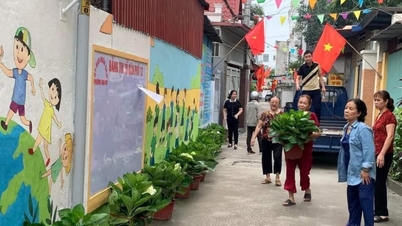





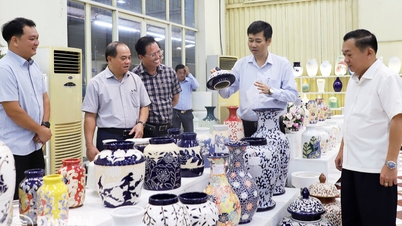



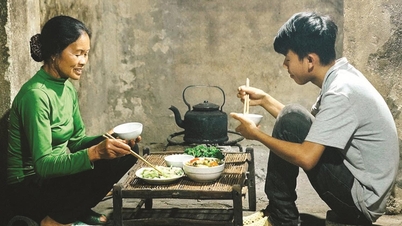
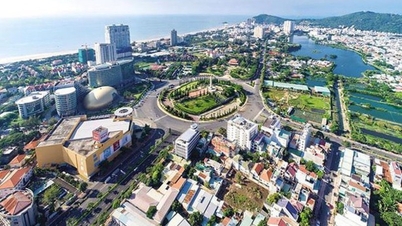
![[Photo] Collecting waste, sowing green seeds](https://vphoto.vietnam.vn/thumb/1200x675/vietnam/resource/IMAGE/2025/10/18/1760786475497_ndo_br_1-jpg.webp)


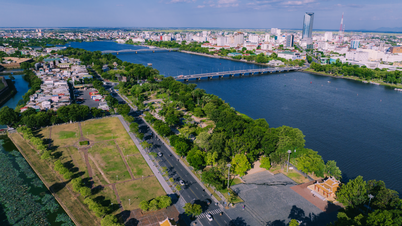



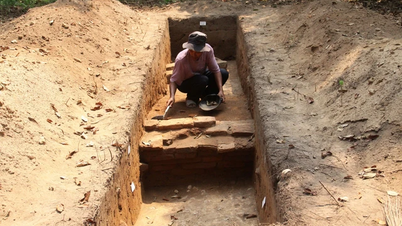



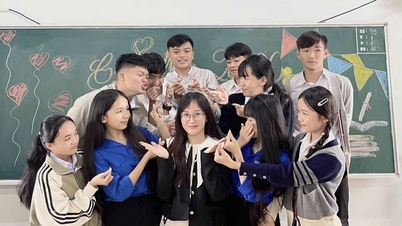


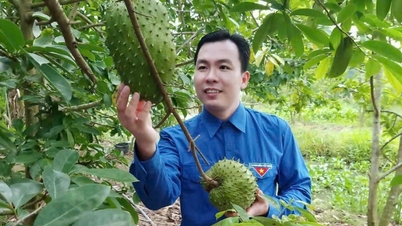




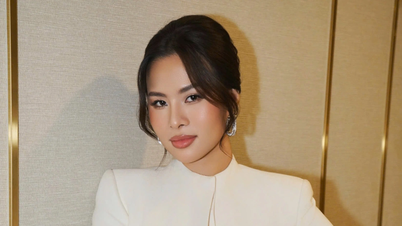

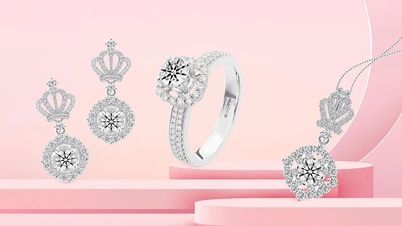
















































Comment (0)